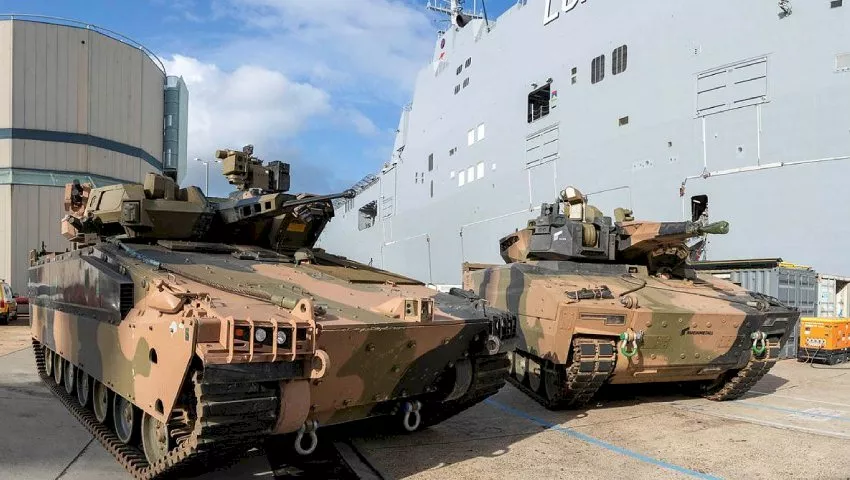
LAND 400 Phase 3: The Future of Infantry Fighting Vehicles
LAND 400 Phase 3 represents a monumental step forward for the modernization of infantry combat. With an estimated budget of $18-21 billion, the project aspires to procure and support nearly 450 cutting-edge infantry fighting vehicles (IFVs), signifying a transformative moment for the armed forces.
Replacing Legacy Systems
These state-of-the-art IFVs will serve as successors to the Army’s M113 Armoured Personnel Carriers, a mainstay since the 1960s. These carriers have weathered the test of time but are becoming increasingly mismatched for the rapidly evolving theatre of warfare. As a result, there’s a pressing need for vehicles that can better counter contemporary and foreseeable threats.
Project Goals and Requirements
The main objective of these IFVs is to bolster the Army’s capability in mounted close combat operations, especially in tandem with other elements of the joint force. The Defence Department’s tender, which was made public on 24 August 2018 and concluded by 1 March 2019, outlined a range of stipulations for the vehicles.
These requirements encompass:
- High-level protection from threats.
- Enhanced mobility to navigate diverse terrains.
- Lethal firepower to neutralize adversaries effectively.
- The ability to carry six infantry soldiers, forming the standard battalion section.
Additionally, the Defence Department expressed its inclination towards a tracked vehicle configuration coupled with a manned turret, as opposed to wheeled designs or unmanned turret systems.
The Finalists: RDA vs. HDA
The rigorous selection process has now narrowed down the competition to two formidable contenders: Rheinmetall Defence Australia (RDA) and Hanwha Defence Australia (HDA).
RDA has pledged to anchor its manufacturing operations in Queensland and is vying for the contract with its advanced ‘Lynx’ IFV. This vehicle boasts a balance of protection, firepower, and mobility, consistent with the project’s ambitious vision.
On the other hand, HDA, with its collaborative endeavours spanning Victoria and Tasmania, is in the fray with the ‘Redback’ IFV. This vehicle, too, aligns closely with the defined parameters and brings its unique strengths to the table.
Both contenders have undertaken a rigorous two-year Risk Mitigation Activity (RMA), meticulously ironing out potential challenges and optimizing their offerings. With both vehicles having successfully completed this phase, a decisive verdict from the Commonwealth government is eagerly awaited.
Conclusion
LAND 400 Phase 3 is not just about replacing an old fleet; it’s about reimagining the future of infantry combat. As the final decision looms, all eyes will be on which vehicle will shape the next chapter of Australia’s defence capabilities.




